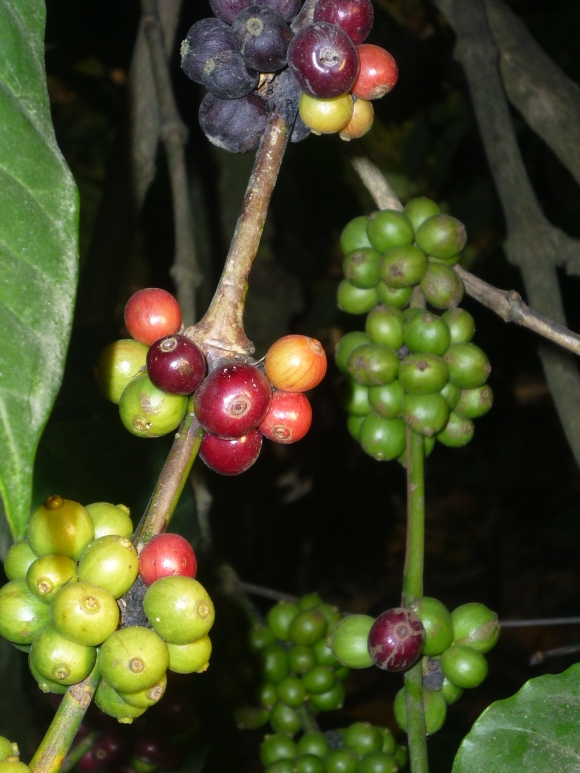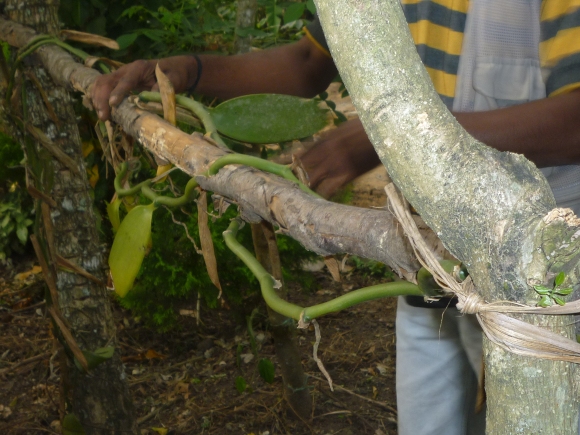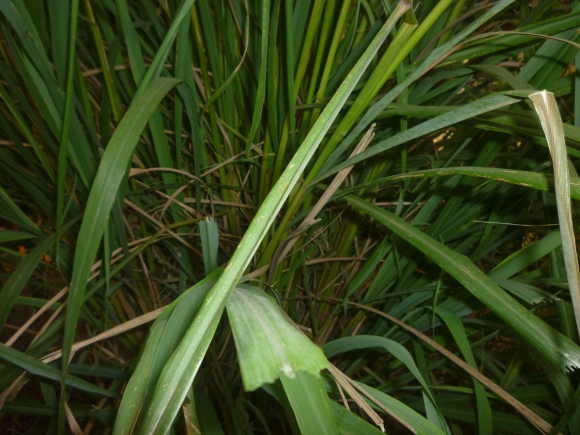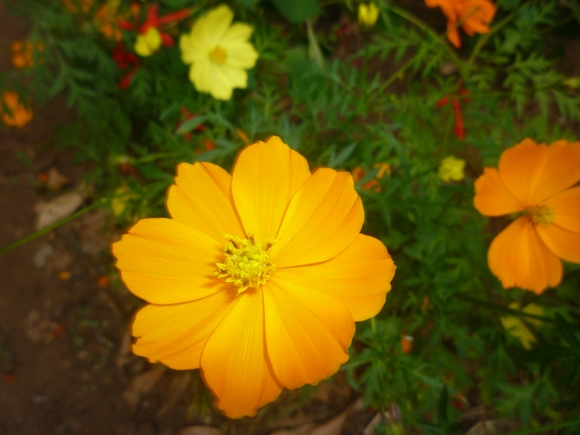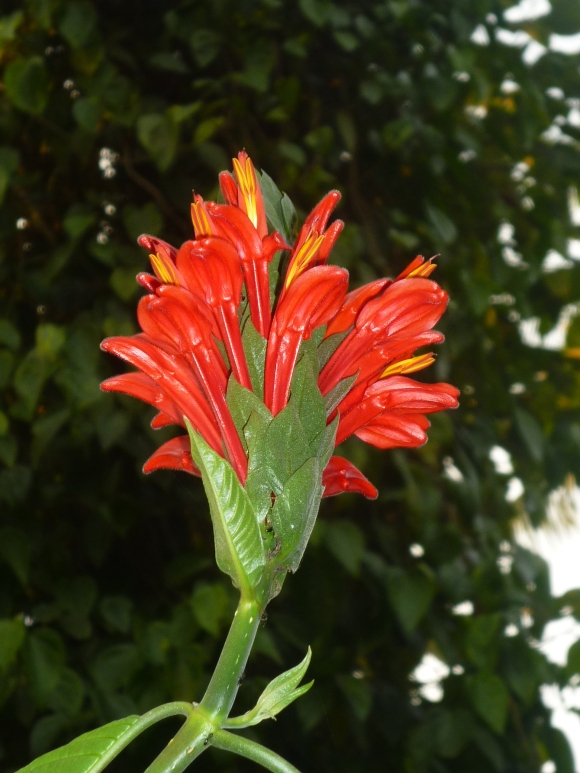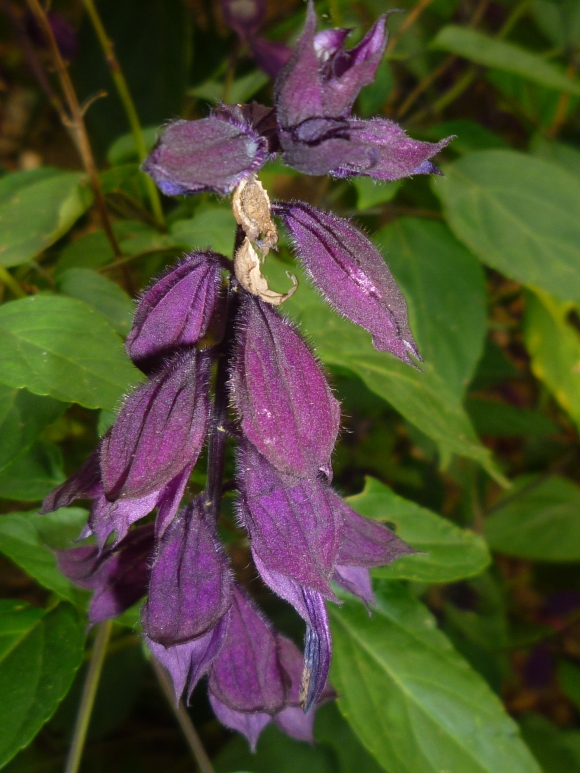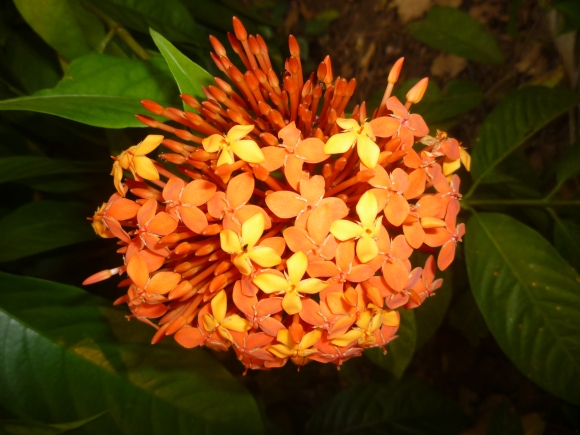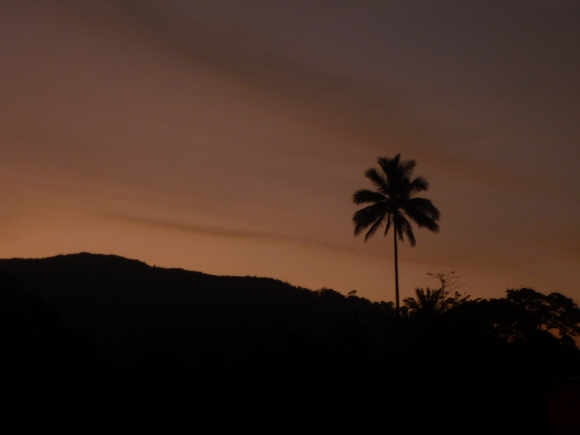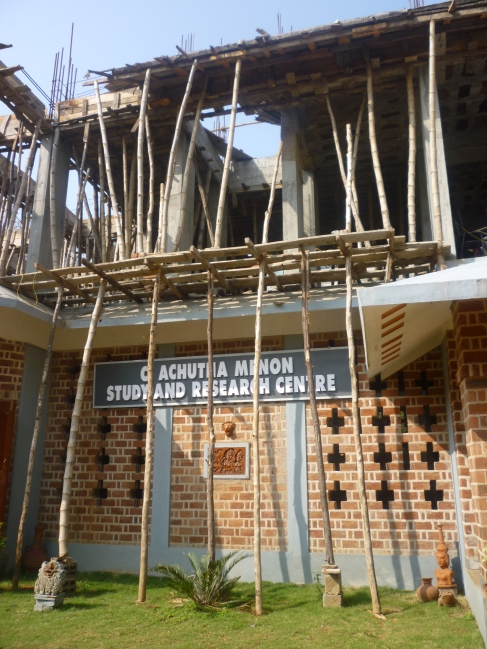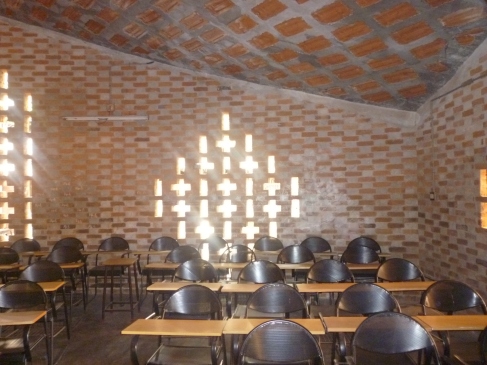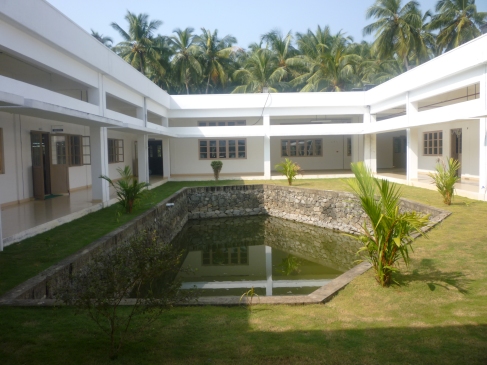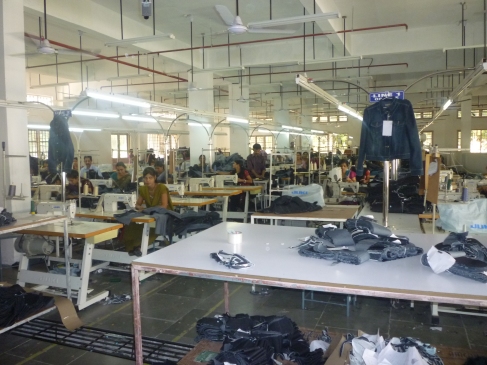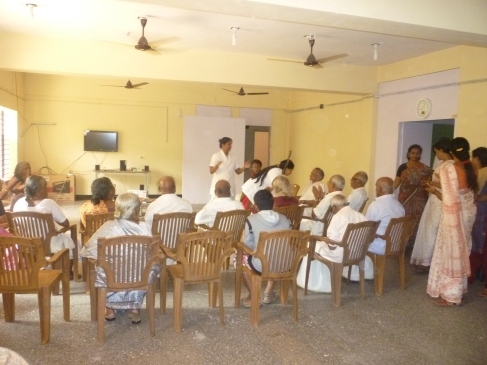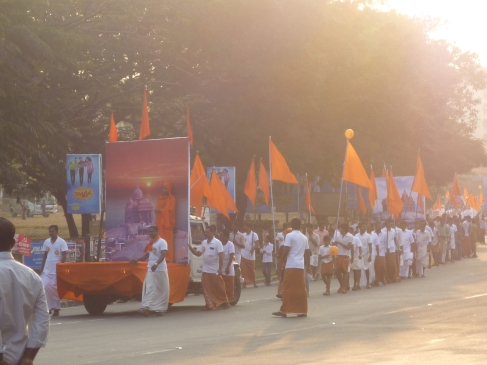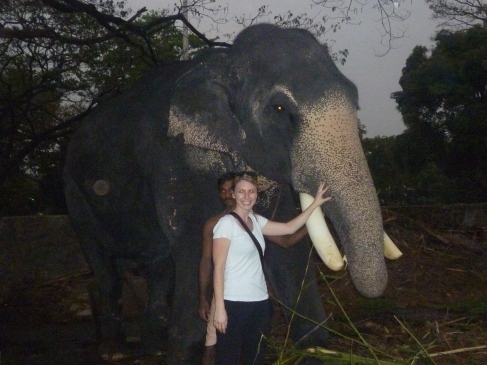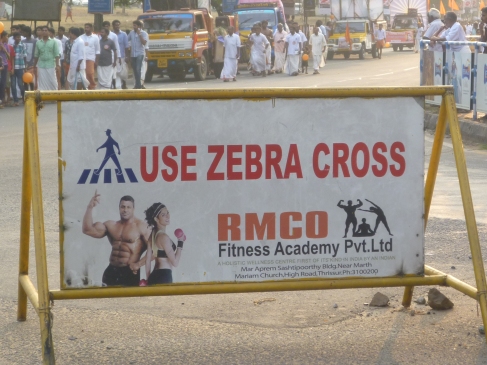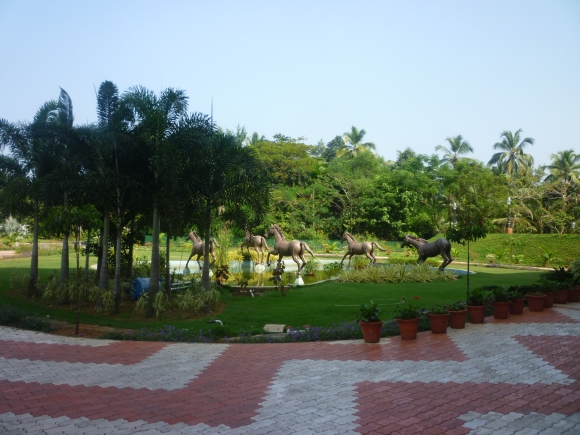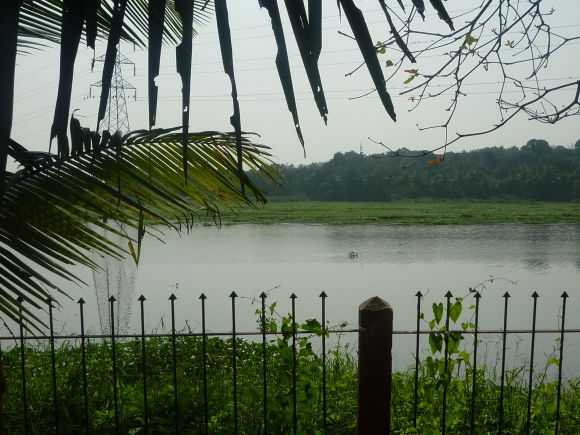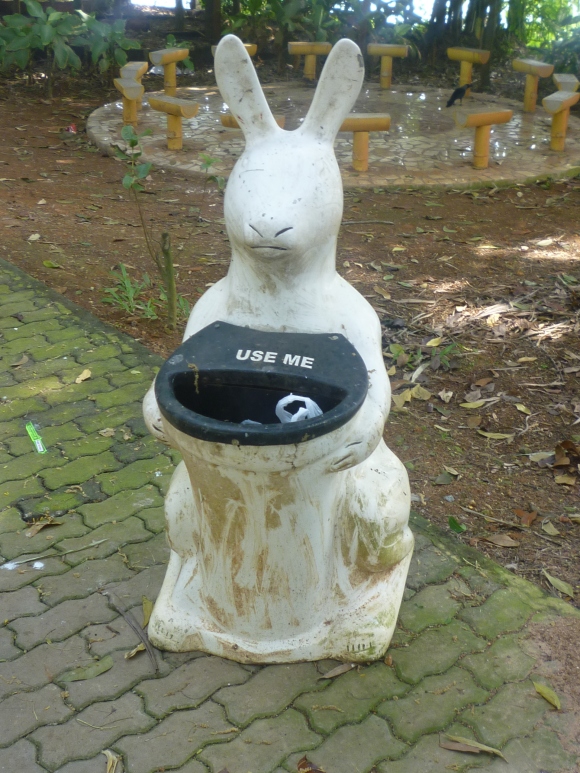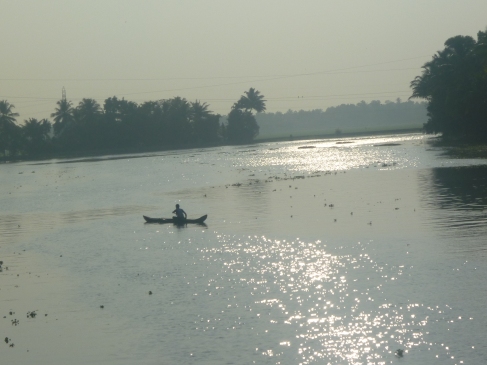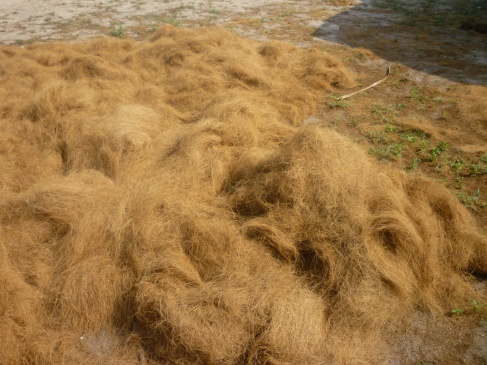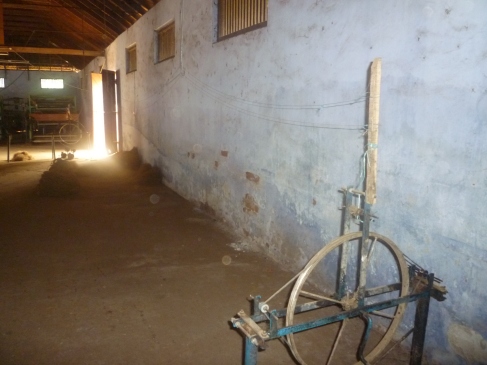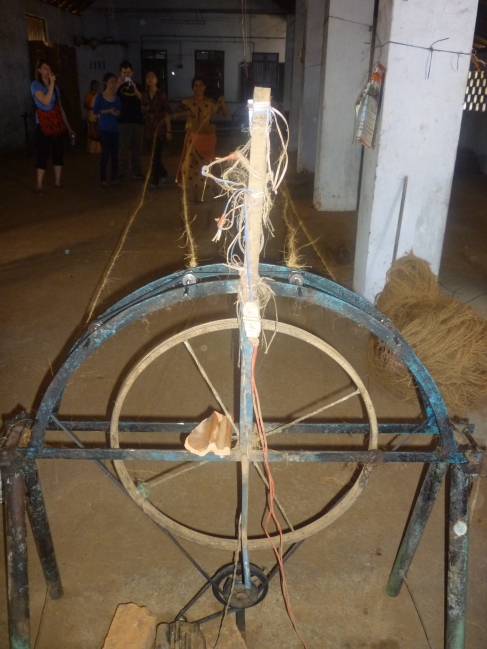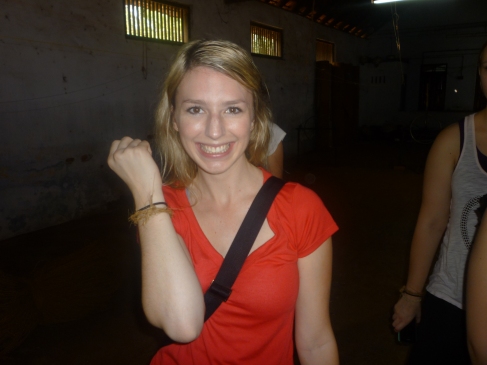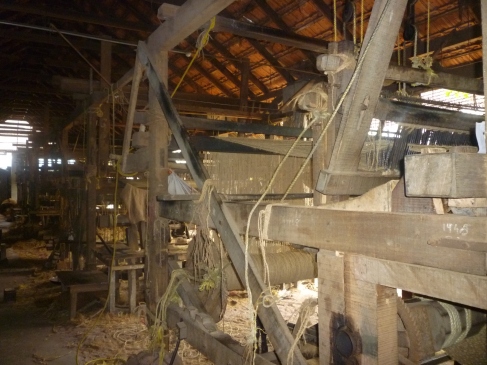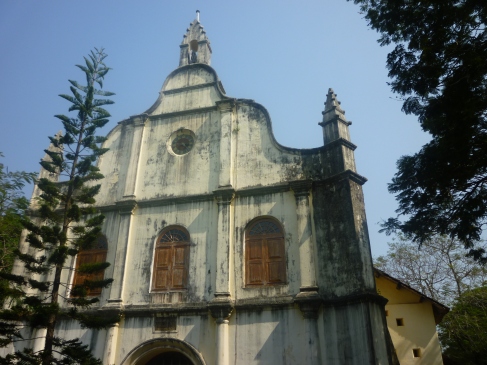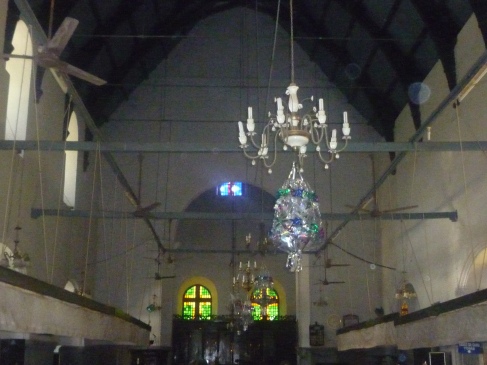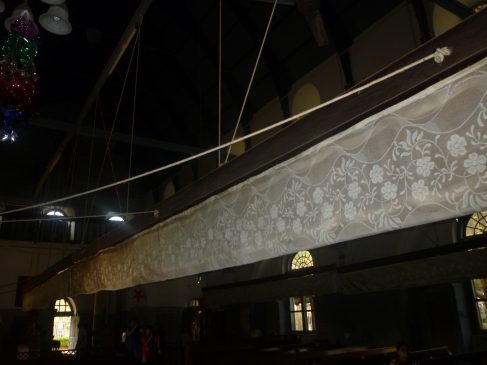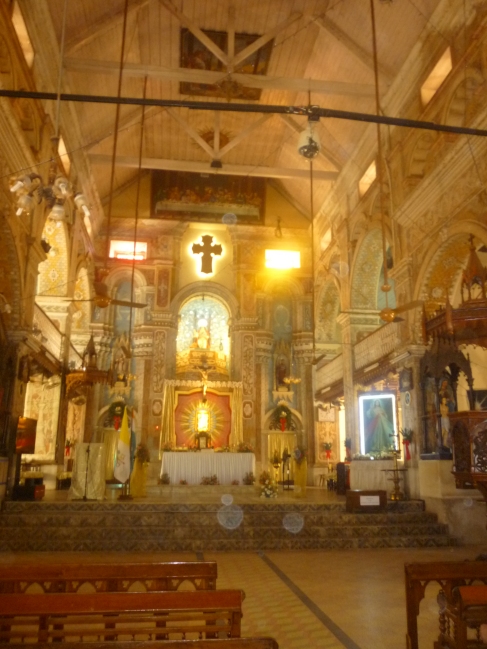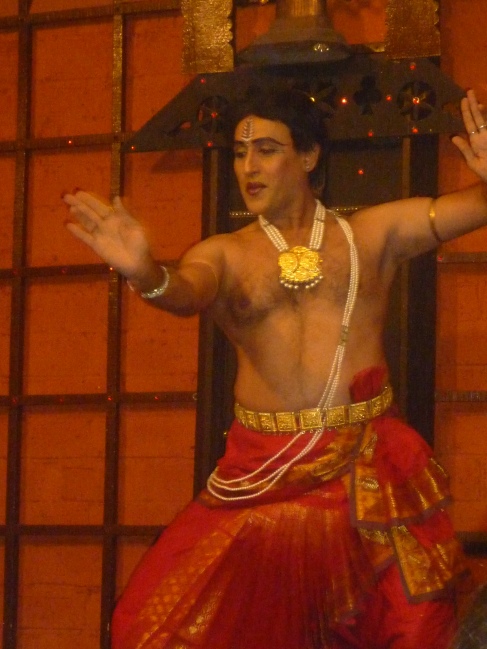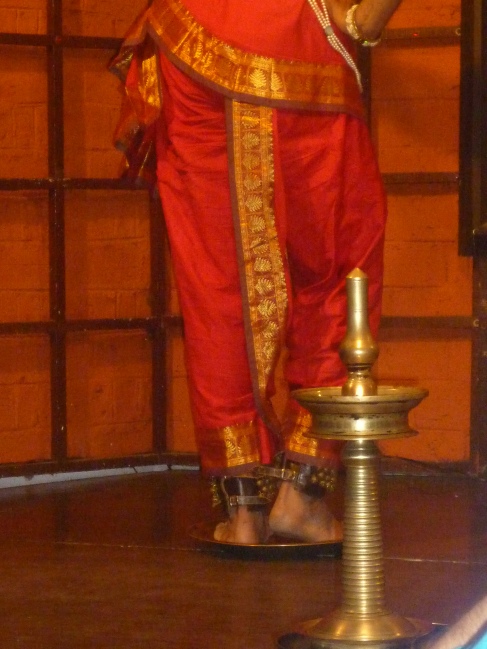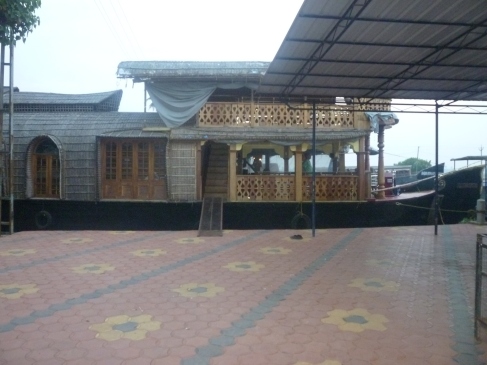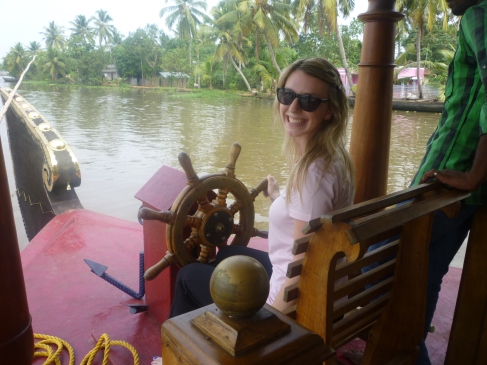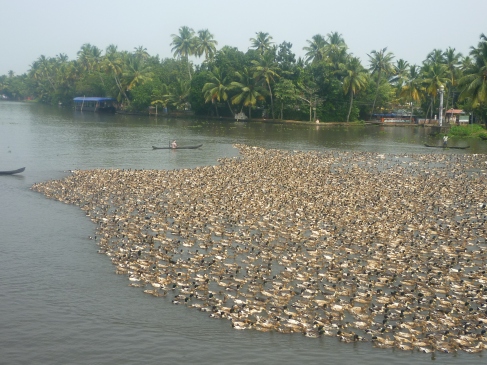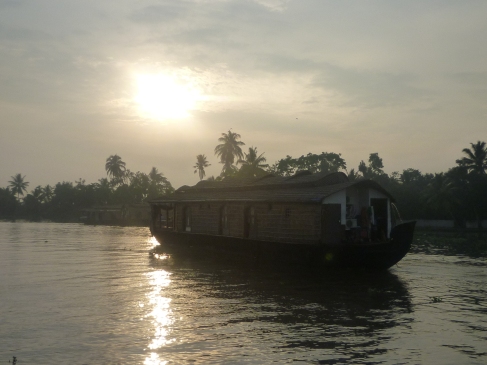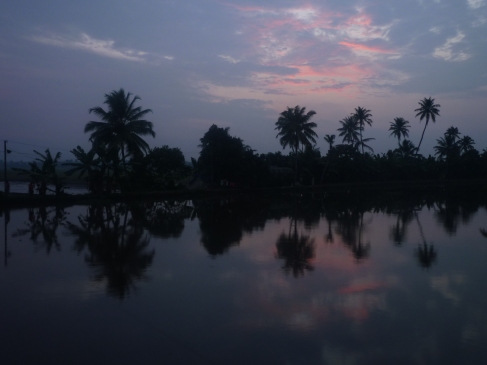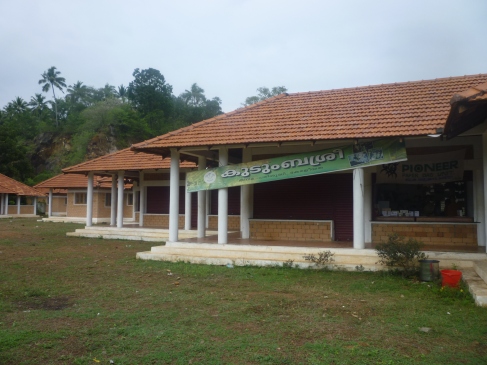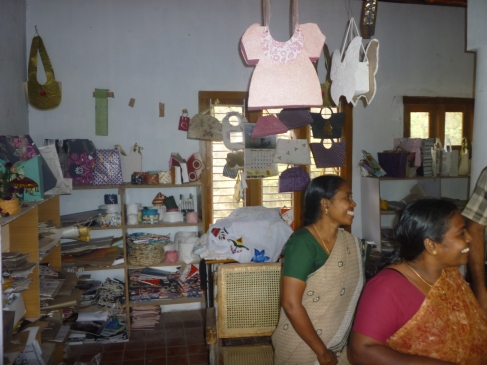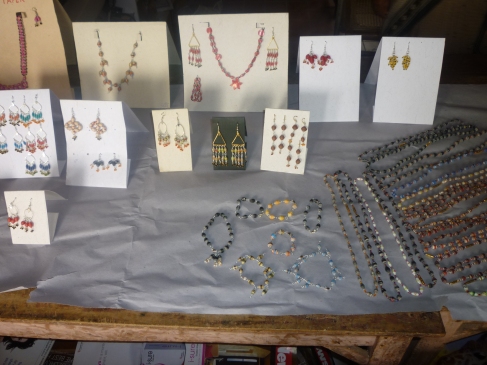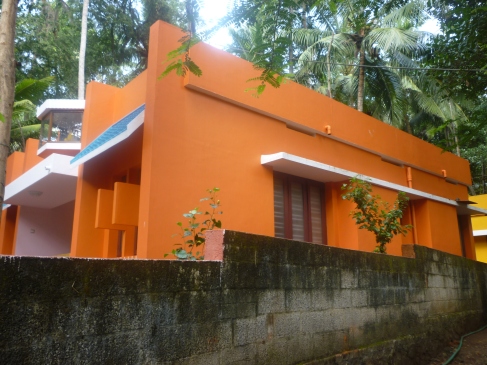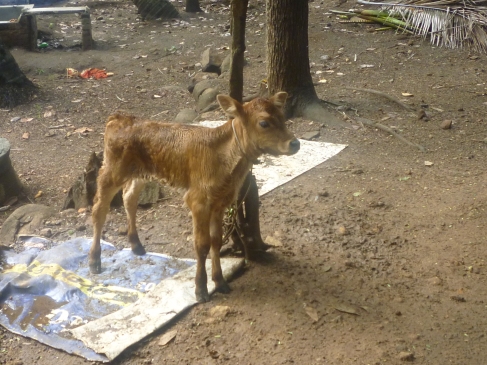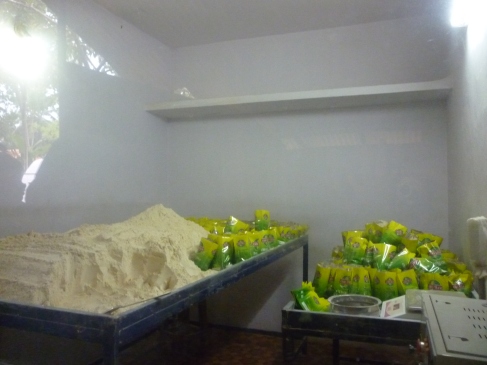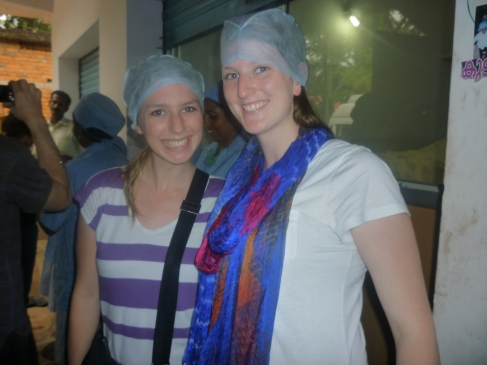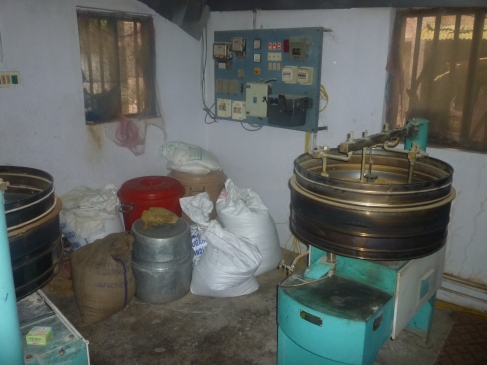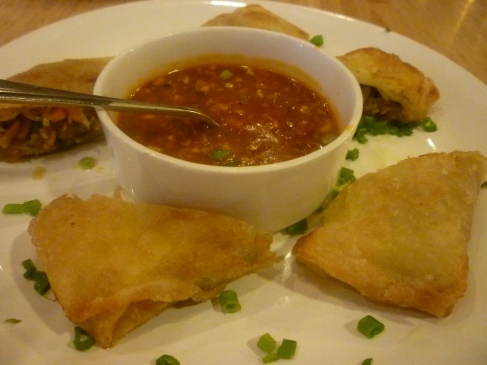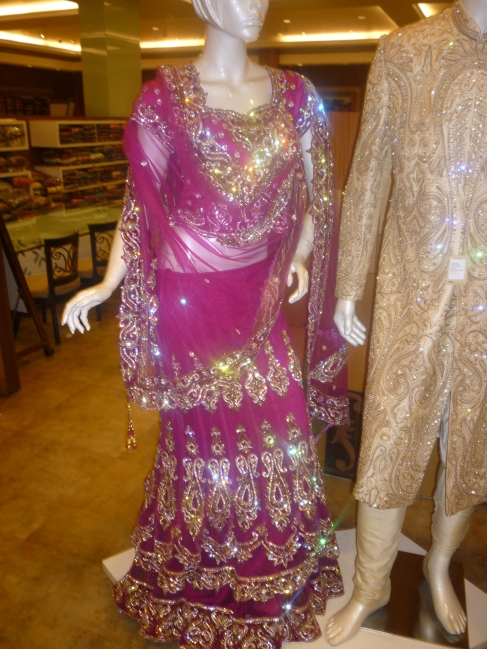Today, we left early and went to the LBC for our last day of lectures and our final presentation. I snapped a quick pic with the doorman of our hotel – He has been there every day and night and is always so cheerful (despite this look on his face, haha!).
(I’m wearing a traditional kurta that I bought in Kanyakumari. I figured it appropriate to dress up for our last day!)
Dr. Priyanjali, an associate professor at the College of Engineering in Trivandrum, spoke about the history of Kerala and how the societal structures have changed over time in comparison to traditional architecture. The lecture described the caste system and how it was imposed on the rest of society by the Bramins. The castes were developed on the basis of occupations, and there was horizontal as well as vertical discrimination between separate castes. Although the caste system was formally outlawed many years ago, some areas in Kerala and India in general are entrenched in the tradition. However, Professor Priyanjali mentioned that more prevalent are issues within classes, not castes.
The architecture in Kerala has differed significantly based on the caste that one was born into. The upper classes had large, expansive compounds and were much more exclusive, as one would expect. Lower classes commonly lived in mud/wooden dwellings on the outsides of the community. The Laurie Baker style of architecture and building materials have been rejected by many people in India because of its resemblance of lower-class living, as was originally constructed by the lower castes.
Many of the lower and middle castes have joint family compounds, where all family members share a kitchen, but have separate parts of the house. The house is constructed on the basis of Vastu Purusha Mandala, which was based on Vedic principles. The picture below shows how the layout of the house was divided into blocks. Specific rooms could be located in certain parts of the grid, which was interesting. (I think I’ve discussed this in another blog. If so, sorry for any redundancy!)

Learning about the caste system and how it affected patterns of construction in India was really fascinating. The lecture was fantastic, as all at the LBC have been, and it was a great note to end on.
We got in the bus and traveled to a government elementary school that was nearby. Our visit was pretty informal, so we weren’t allowed to take pictures of the children or even talk to them. That was what we were told initially, at first! Our mere presence caused a frenzy and students were hanging out of classroom windows and were quite excited. It was great to see the utter joy and complete excitement on their faces.
(The entrance to the school – everything was so brightly colored!)
We met with one of the administrators of the school and talked logistics for a while. The school has 348 students between the ages of 5 and 13. It serves an 8km radius and has a bus that picks up students (students must pay for the bus). The students have access to music class, a science lab, and a large library. They get an hour for lunch, and attend school from 10am – 4 pm. Traditionally, the lower-income families send their kids to the government-funded schools, and upper classes send their children to private schools. One thing that really impressed me is that there was a center on the campus for kids with mental disabilities. I haven’t seen this type of attention given to children that are disabled, so I found that to be really great. We went into one of the classrooms and were able to meet some of the kids. They seemed to be around 10 years old and were in math class. They were excited to have us as visitors and allowed us to sit in their desks, which were TINY! We probably all looked ridiculous, but they were too sweet to not comply with their request.
We left the school to go back to the LBC for lunch, and then we gave our final presentation. I opened the presentation and discussed the non-construction activities of COSTFORD and other agencies, which was good. The presentation went really well and I think the audience enjoyed it. It was fun to recap all we’ve seen, done, and learned on this trip! It’s hard to believe it is finally over. I’ll never forget all I experienced in India and couldn’t be more thankful I was able to take advantage of the opportunity to travel here. The staff at the LBC and COSTFORD have been amazing in helping set up all of our activities and the lectures, so a HUGE thank you goes out to them! Professor Anthony was such an important part of this trip and it wouldn’t have been the same without him. Having him speak Malayalam and Hindi was invaluable and it made the experience so much richer.
Thanks for following along with me on this journey!


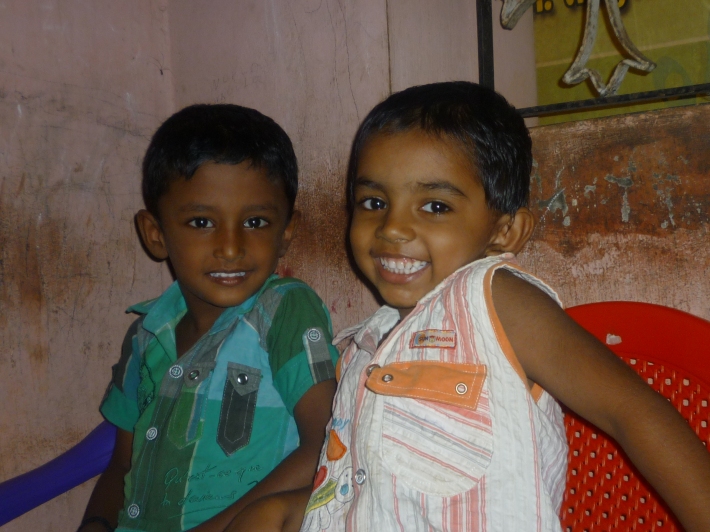
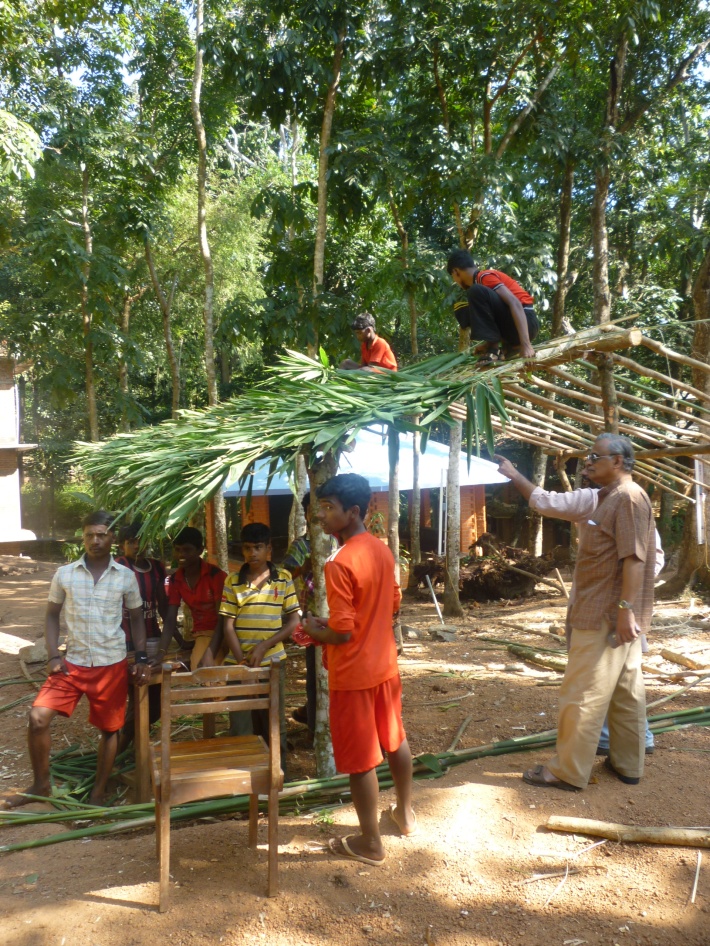
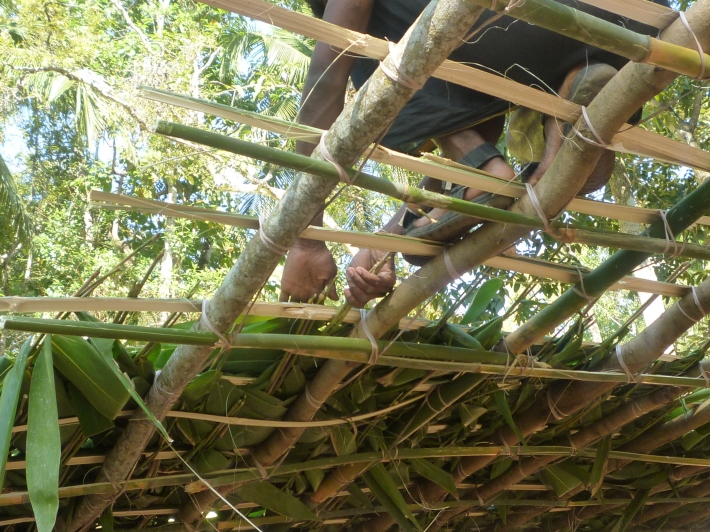
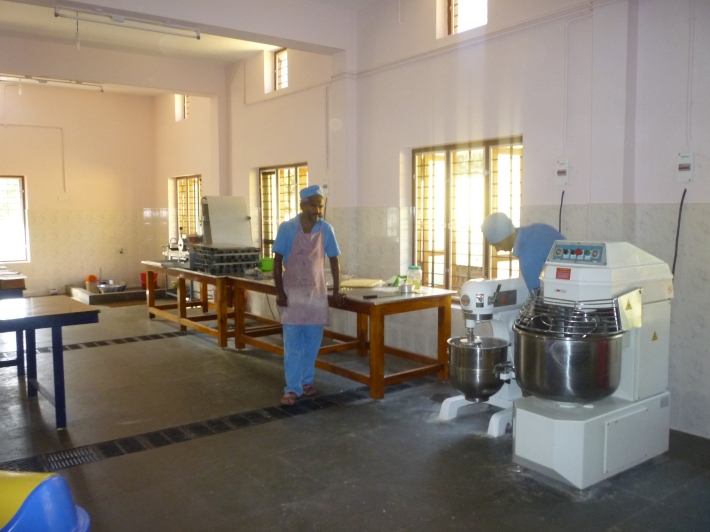
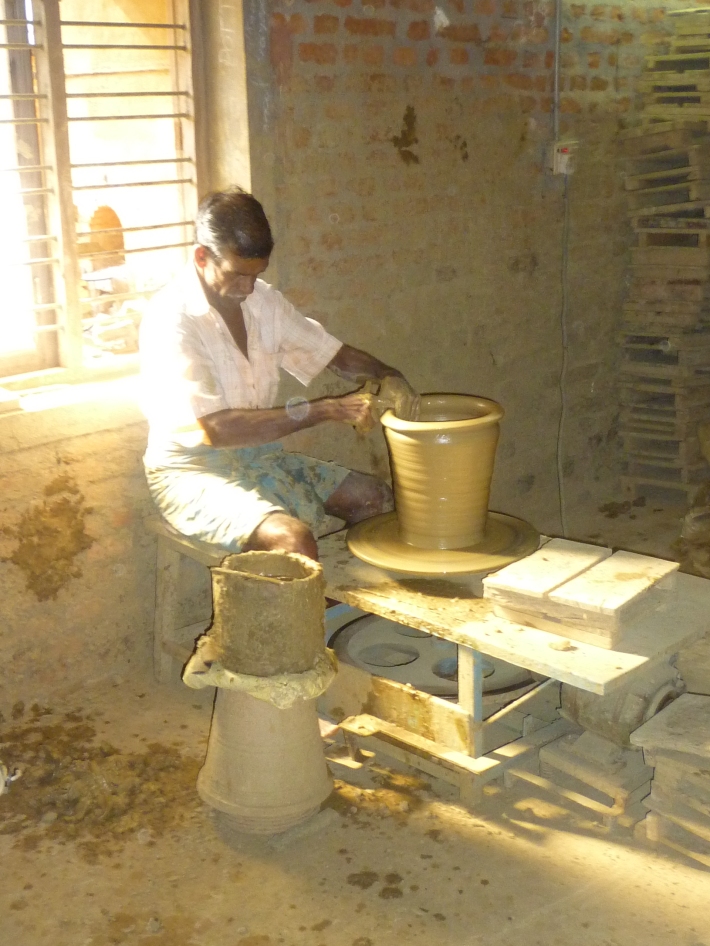
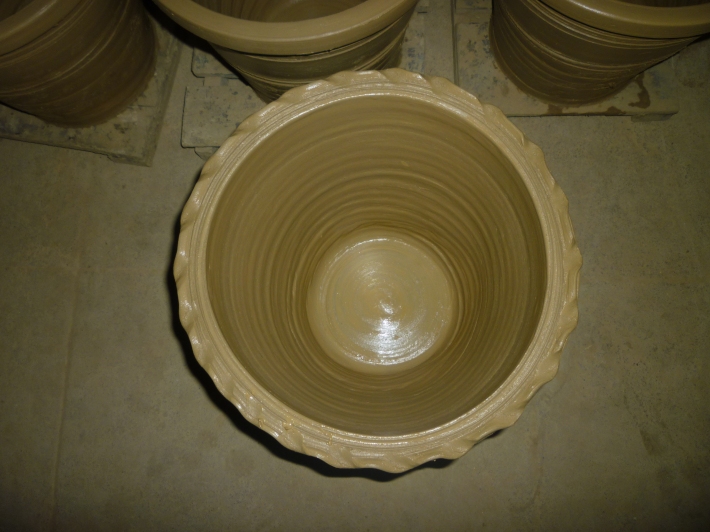
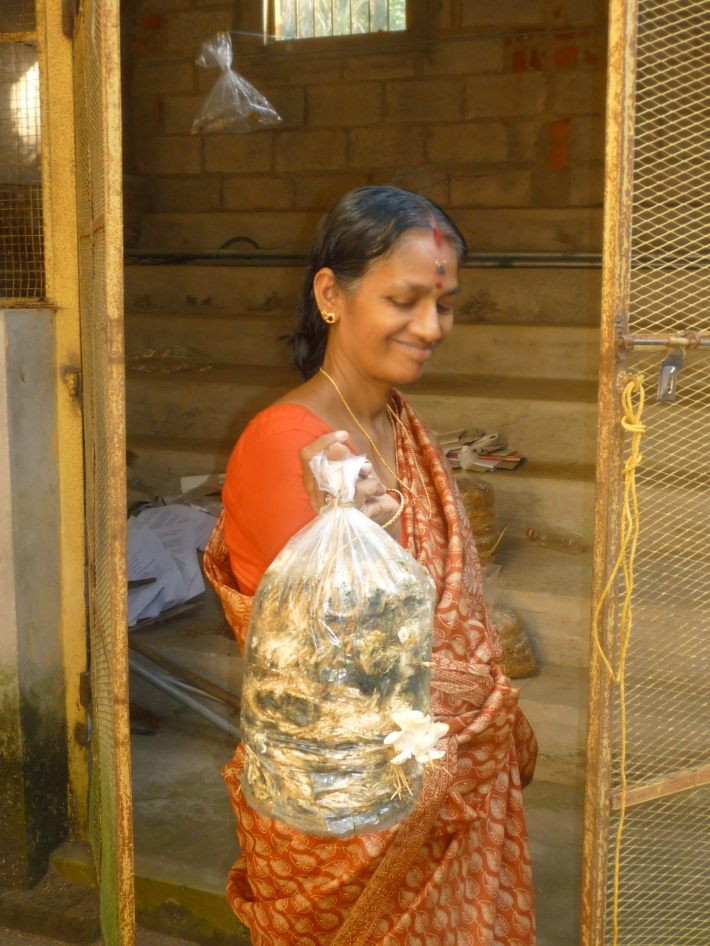
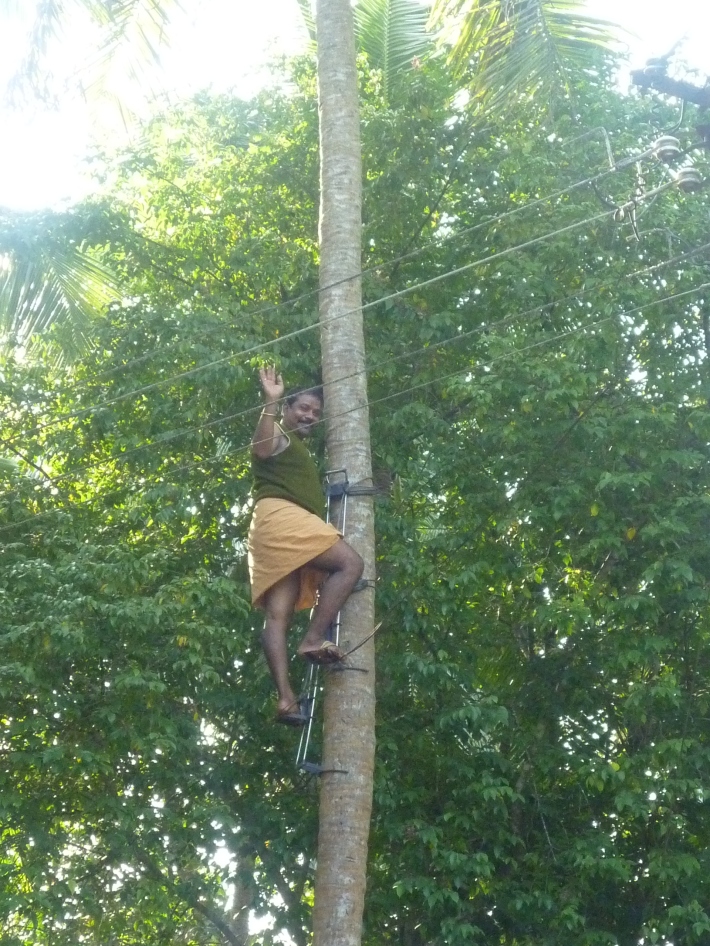
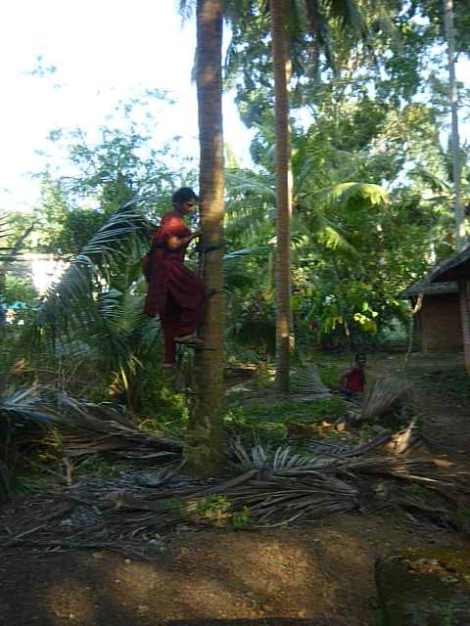
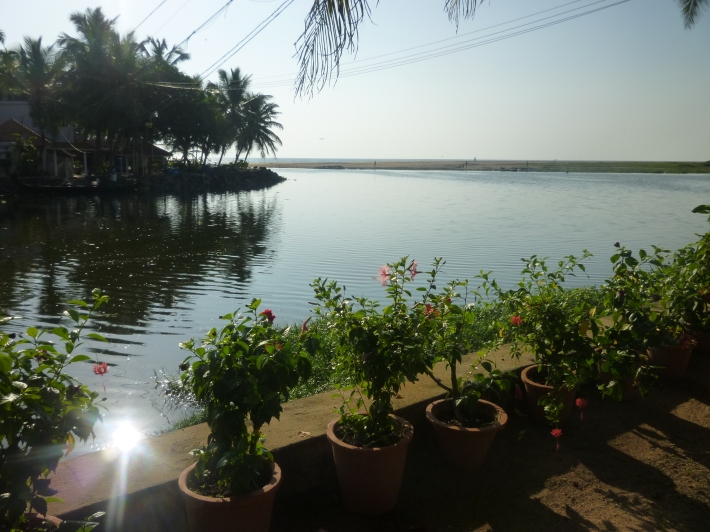
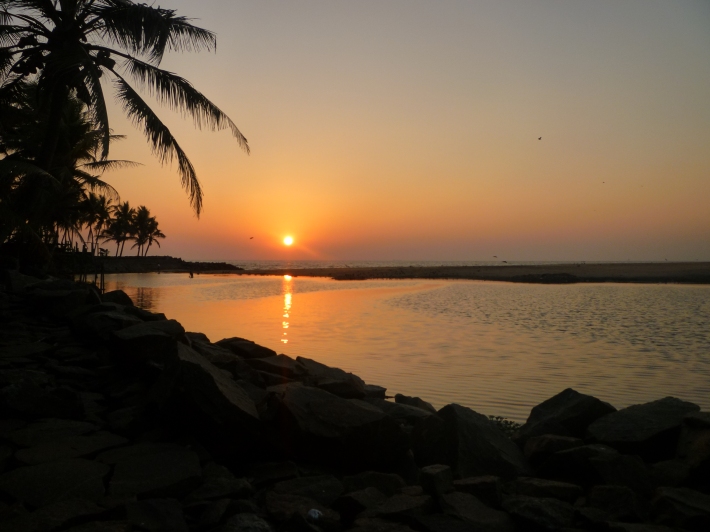
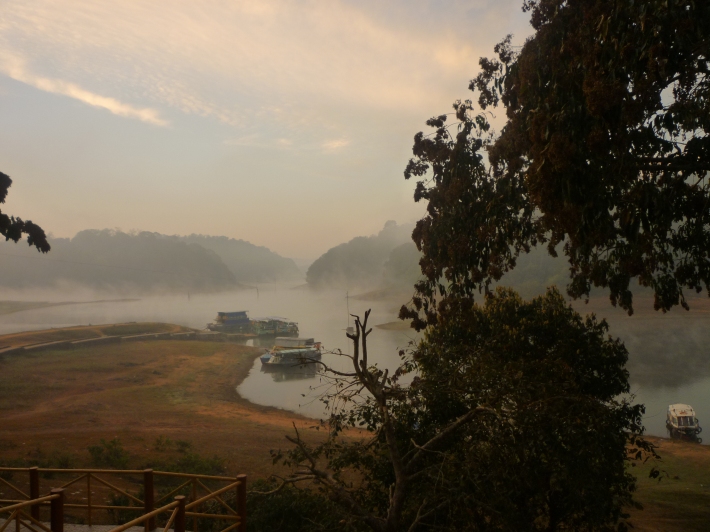
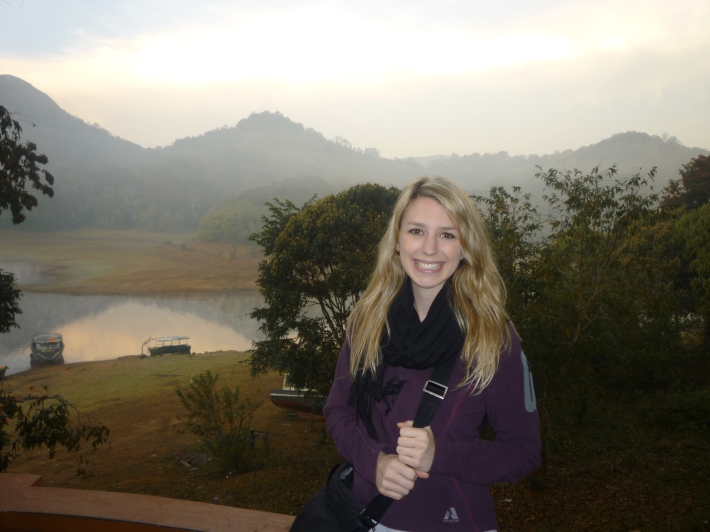
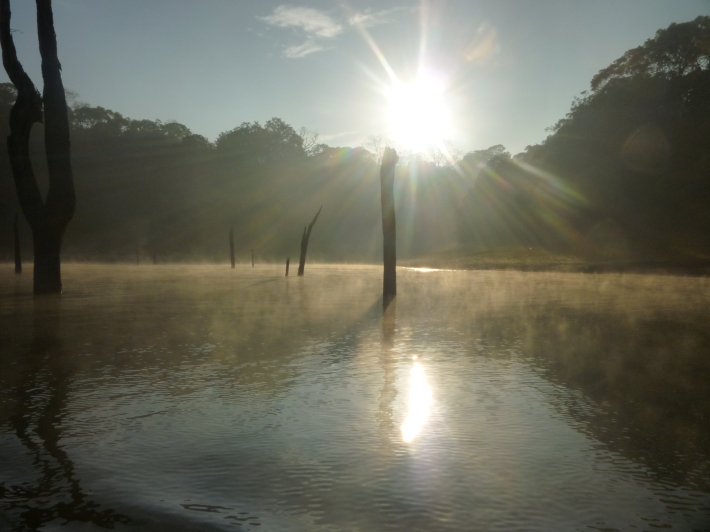
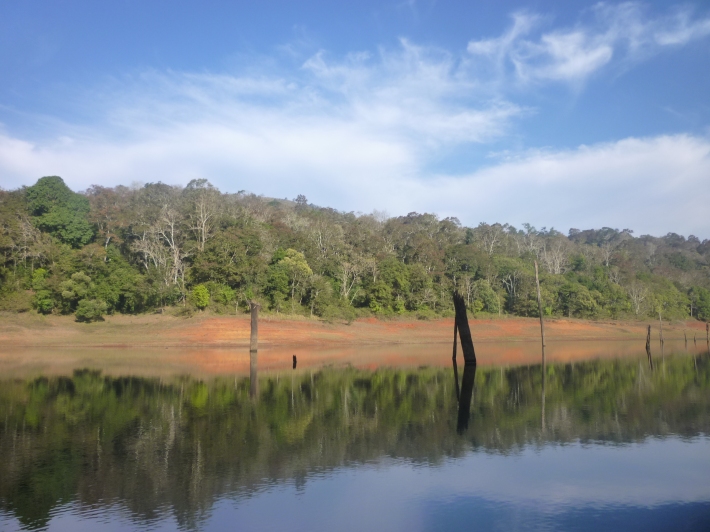
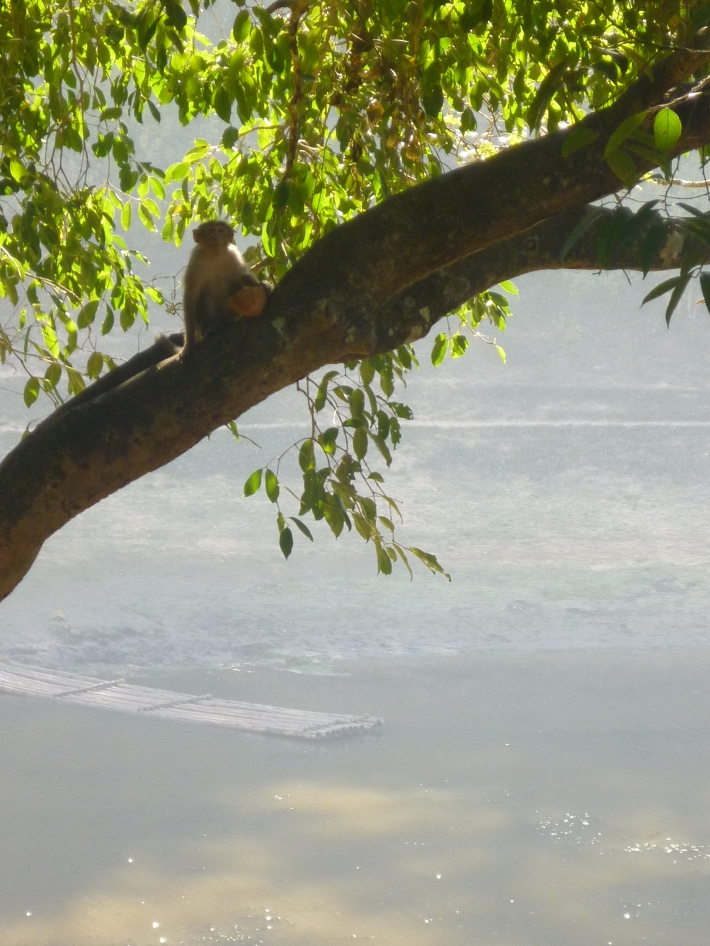
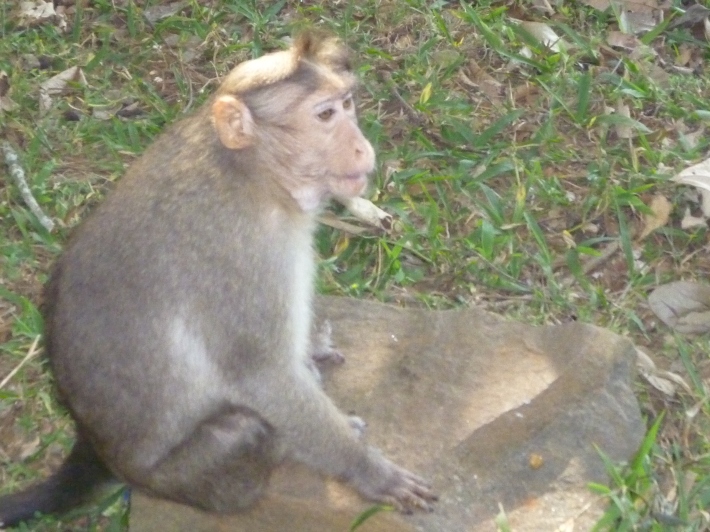
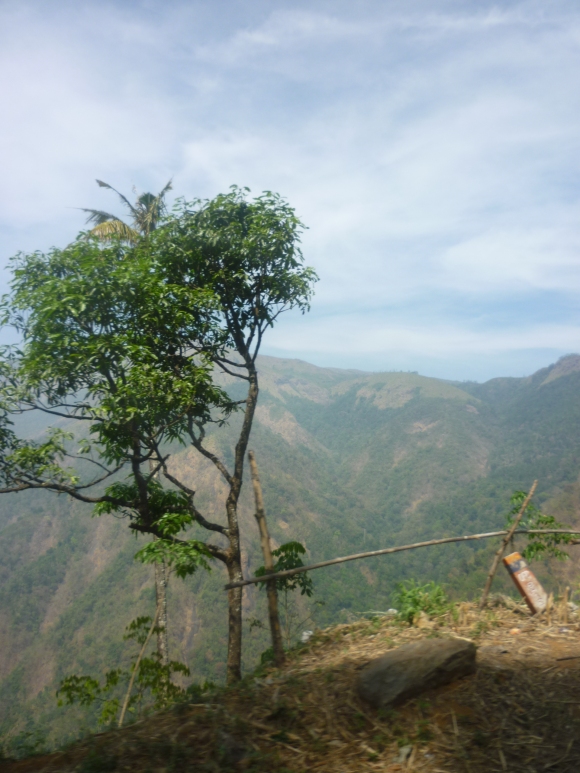
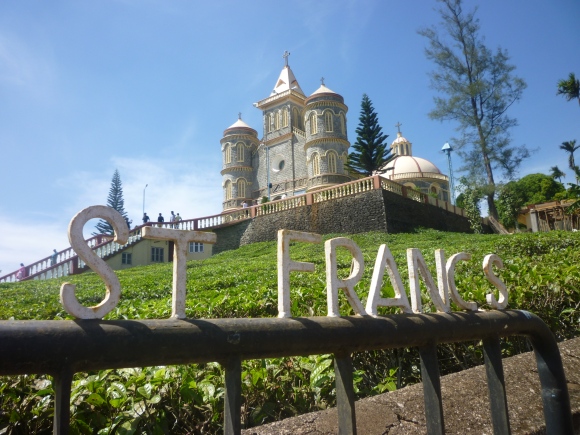
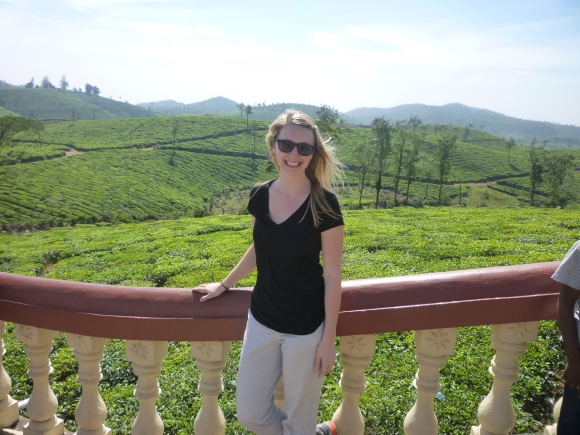
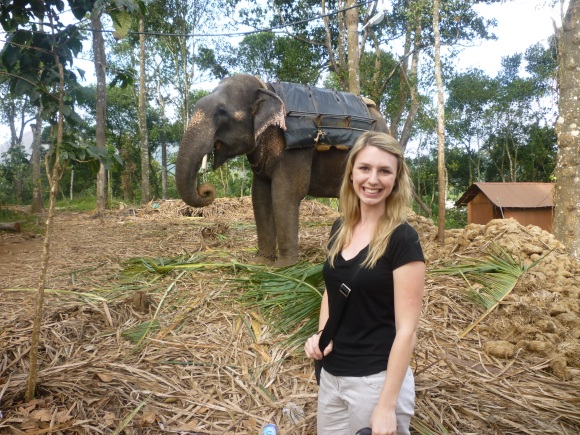

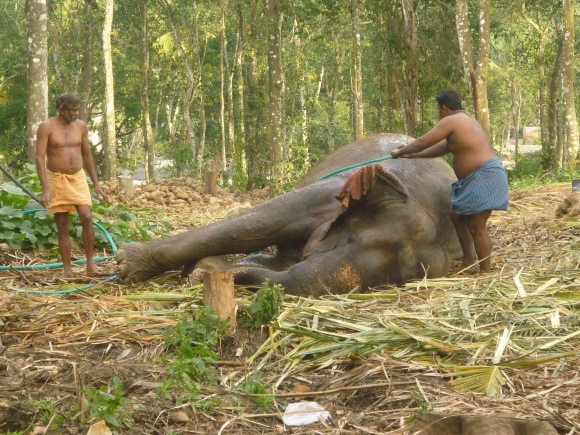
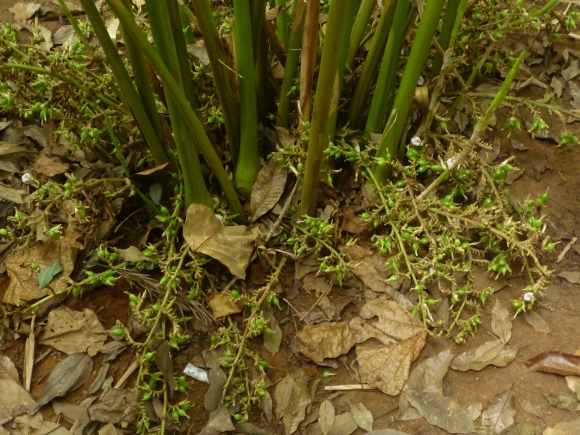
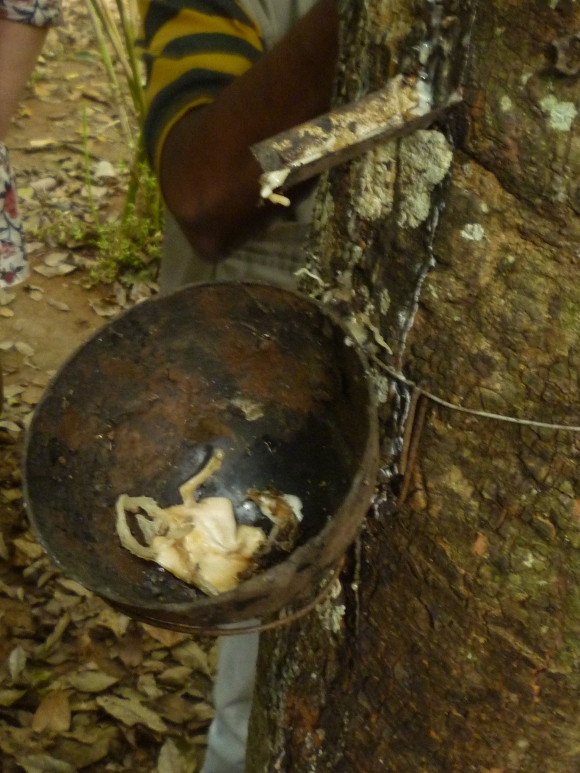
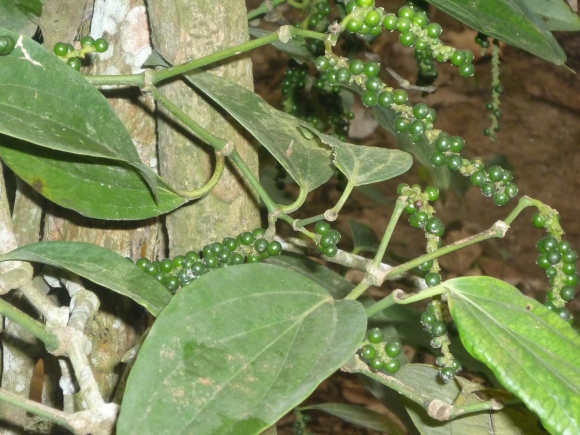
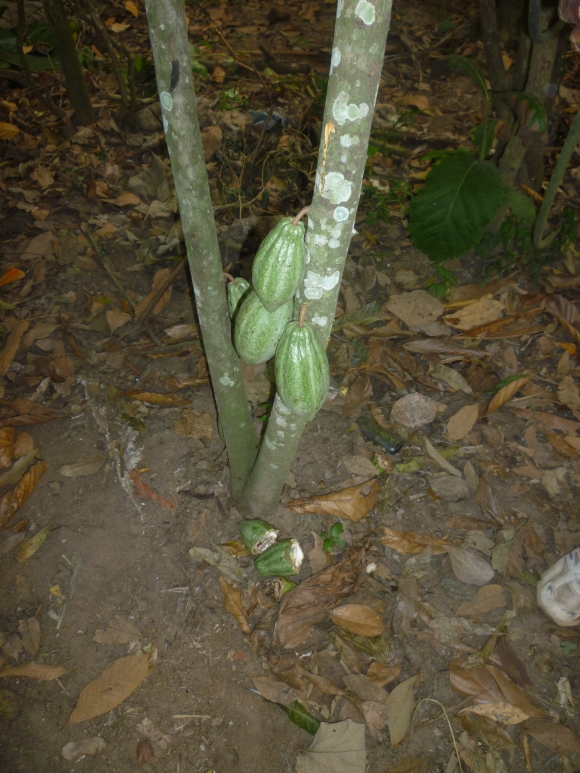 (
(